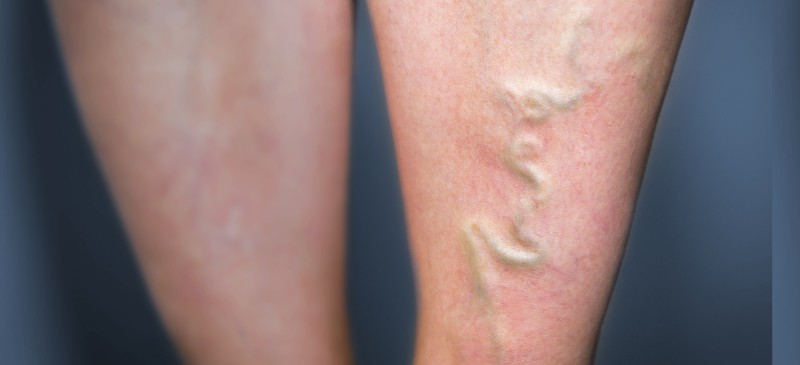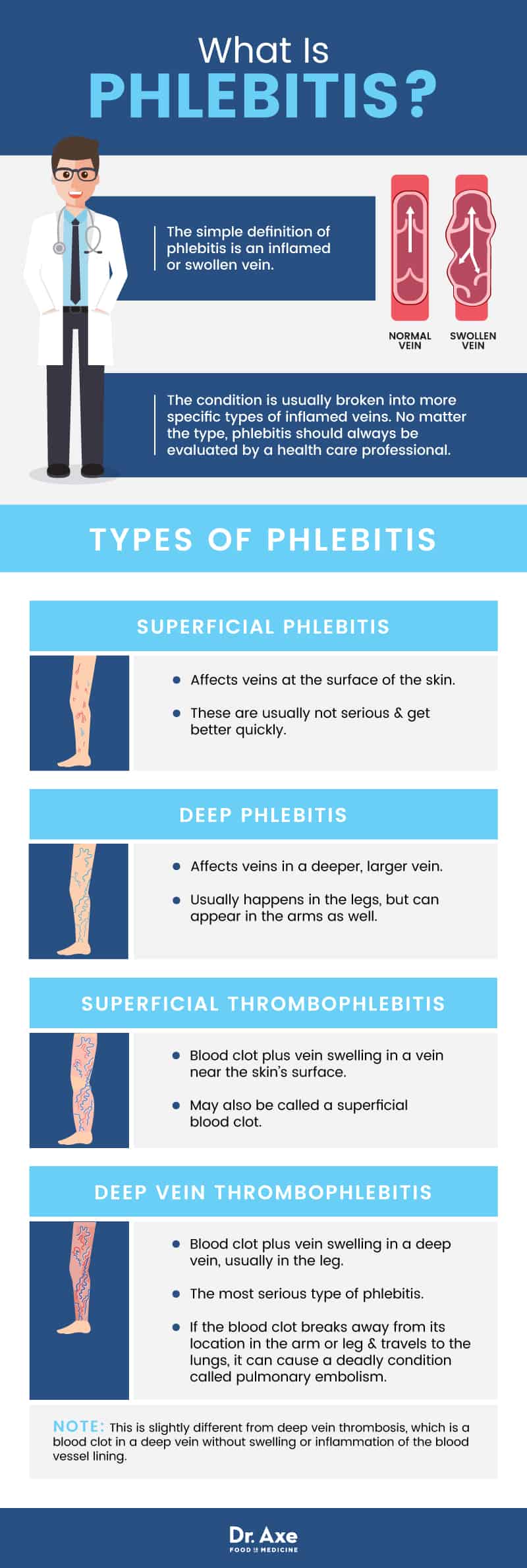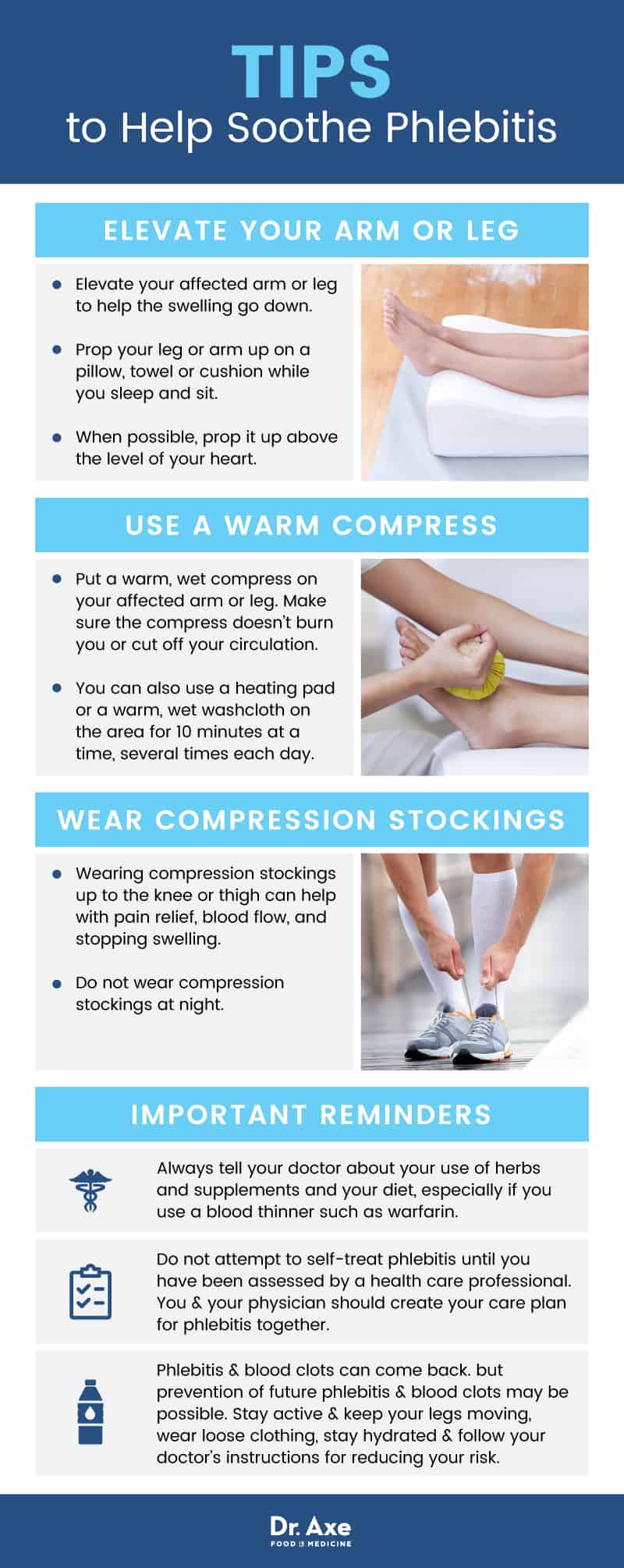This Dr. Axe content is medically reviewed or fact checked to ensure factually accurate information.
With strict editorial sourcing guidelines, we only link to academic research institutions, reputable media sites and, when research is available, medically peer-reviewed studies. Note that the numbers in parentheses (1, 2, etc.) are clickable links to these studies.
The information in our articles is NOT intended to replace a one-on-one relationship with a qualified health care professional and is not intended as medical advice.
This article is based on scientific evidence, written by experts and fact checked by our trained editorial staff. Note that the numbers in parentheses (1, 2, etc.) are clickable links to medically peer-reviewed studies.
Our team includes licensed nutritionists and dietitians, certified health education specialists, as well as certified strength and conditioning specialists, personal trainers and corrective exercise specialists. Our team aims to be not only thorough with its research, but also objective and unbiased.
The information in our articles is NOT intended to replace a one-on-one relationship with a qualified health care professional and is not intended as medical advice.
Phlebitis: 5 Natural Ways to Improve Swollen Vein Symptoms
August 15, 2018

Phlebitis — a swollen or inflamed vein — is a fairly common condition that can range from mild to deadly, depending on its location and cause. Early treatment is important to help prevent complications. In most cases, phlebitis can be effectively treated with conventional medicine. In addition, many people can take steps to naturally lower their risk of phlebitis and improve their symptoms at home.
What Is Phlebitis?
The simple definition of phlebitis is an inflamed or swollen vein. However, the condition is usually broken into more specific types of inflamed veins. No matter the type, phlebitis should always be evaluated by a health care professional, since people with one kind of the condition may develop more serious forms.
Types of phlebitis include:
- Superficial phlebitis: Phlebitis affecting veins at the surface of the skin. These are usually not serious and get better quickly.
- Deep phlebitis: Phlebitis affecting veins in a deeper, larger vein. This usually happens in the legs but can appear in the arms as well.
- Superficial thrombophlebitis: A blood clot plus vein swelling in a vein near the skin’s surface. This may also be called a superficial blood clot.
- Deep vein thrombophlebitis: A blood clot plus vein swelling in a deep vein, usually in the leg. Deep vein thrombophlebitis is the most serious type of phlebitis. If the blood clot breaks away from its location in the arm or leg and travels to the lungs, it can cause a deadly condition called pulmonary embolism.
- Note: This is slightly different from deep vein thrombosis, which is a blood clot in a deep vein without swelling or inflammation of the blood vessel lining.
How long does it take to treat phlebitis? How long does phlebitis last?
In cases of superficial inflammation, phlebitis can often be treated at home after a brief evaluation by a physician. Treatment usually takes one to two weeks. (1) However, if you have complications or more serious forms of this condition, recovery may take longer.
Signs and Symptoms
Phlebitis symptoms include: (2, 3)
- A long, thin red area or “streaking” along the skin
- Warm, hard or tender skin
- A section of rope- or cord-like lumps you can feel under the skin
- Redness or irritation that follows a vein
- Itchy or swollen skin
- Throbbing or burning at the site of red or tender skin
- Lumps or a swollen spot on your skin
- Worsening of symptoms when you get out of bed, flex the nearest joints, or have your leg lowered rather than elevated
- Low-grade fever
- Swelling, pain or skin irritation caused by infection
Usually, these symptoms develop slowly. However, some people may notice that they get these symptoms soon after they had a needle or IV in their arm.

Phlebitis Causes and Risk Factors
The technical cause of phlebitis is injury or irritation to a blood vessel’s lining.
In cases of superficial phlebitis, this irritation can be caused by: (2)
- Injury to the vein
- Infection
- Blood clots
- Use of an IV or an injection of medicine into the vein
In cases of deep phlebitis, the irritation can be caused by: (2)
- Injury from trauma, surgery or injury
- A prior case of deep phlebitis
- Inactivity, especially during travel or bed rest
- Blood clots
Risk factors for phlebitis and thrombophlebitis include: (4, 5)
- Inactivity, travel or bed rest
- Family or personal history of blood clots
- Pregnancy or recent childbirth
- Obesity
- Broken bones or injury to the pelvis, arms or legs
- Recent surgery
- A long-term catheter in a blood vessel
- Cancer or blood disorders
- Lupus and some other autoimmune conditions
- Smoking
- Those taking certain drugs, such as birth control pills or hormone replacement therapy
- Varicose veins
Conventional Treatment
Conventional phlebitis treatment typically involves anti-inflammatory drugs, such as ibuprofen. It may also involve the following treatments, depending on the cause of your phlebitis: (5, 6, 7)
- Blood-thinning medications such as aspirin, enoxaparin, and/or warfarin may be given to break down blood clots or make it easier for blood to flow through the veins
- Antibiotics may be required for a skin infection
- Warm compresses, leg or arm elevation, and compression stockings may be recommended to ease symptoms such as swelling and pain
- Surgery may be done in severe or chronic cases
If you have a blood clot, you may need to stay at the hospital for a few days. People with superficial phlebitis can usually just have some assessments done (to check for blood clots) and then go home with treatment advice from the physician.
Phlebitis: 5 Natural Ways to Improve Your Symptoms
You should not attempt to self-diagnose phlebitis since it may keep you from getting proper evaluation and treatment for a possible deep blood clot or infection requiring antibiotics. However, once you have been evaluated and diagnosed, there are ways you can improve and manage your phlebitis symptoms at home:
1. Elevate and soothe
You can elevate your affected arm or leg. (5) This should help the swelling go down. Try propping your leg or arm up on a pillow, towel or cushion while you sleep and sit. When possible, prop it up above the level of your heart. (8)
You can also try warm compresses. This involves putting a warm, wet compress on your affected arm or leg. The compress should be large, fairly heavy and hot, wrapped around your limb so that it applies heat and gentle pressure. (7) However, make sure the compress doesn’t burn you or cut off your circulation.
If you do not have something to use as a large compress, you can use a heating pad or a warm, wet washcloth on the area for 10 minutes at a time, several times each day. (8) A warm compress may help relieve pain, reduce inflammation and improve circulation. Research has shown that warm water compresses can reduce phlebitis symptoms effectively. (9)
2. Stay active
People with superficial phlebitis or mild superficial thrombophlebitis are often told to maintain their regular activities. This helps prevent blood clots. You may even be told to increase your activity by taking frequent walks, stretching, taking the steps instead of an elevator, etc. (5)
Avoid standing for long periods or sitting still for more than one hour at a time, even at work or on a plane. When you do sit, keep your legs in motion: (8)
- Flex your feet by raising and lowering your heels with your toes still on the floor.
- Raise and lower your toes with your heels on the floor.
- Tighten and release your calf and thigh muscles while you sit.
- Change your position and stretch frequently.
Most people with phlebitis are encouraged to stay active. However, in rare cases of serious deep blood clots, you may be put on bed rest with a physical therapist to help you exercise your legs and arms safely. (5)
3. Try a compression stocking
A randomized, controlled trial found that people with blood clots who wore compression stockings below the knee were half as likely to have complications or another blood clot in the next five years as people who didn’t wear them. (10) However, this is not a short-term treatment. People in this study wore the stockings for two years after their first blood clot.
Wearing compression stockings up to the knee or thigh can help with pain relief, blood flow, and stopping swelling. (5) You may be able to buy a compression stocking at a drug store or online. However, your doctor may prefer to order a prescription stocking through your pharmacy.
Note: Do not wear compression stockings at night. (8)
4. Ask about herbs and supplements
Treatment for phlebitis usually involves anti-inflammatory drugs and blood thinners. Many natural herbs and supplements can have these effects as well. However, since these can interact with medication and cause complications with bleeding and more, do not take them without first consulting your physician. (11)
- Natural blood thinners may be useful if your phlebitis is complicated by a blood clot. These may include turmeric, ginger, cinnamon, cassia, cayenne peppers, vitamin E and foods with salicylate (avocados, cherries, berries, chilies). (12)
- Other herbal blood thinners may also benefit some people: (13)
- Garlic
- White clove
- Licorice
- Feverfew
- Danshen (a Chinese herb)
- Ginseng
- Ginkgo biloba
- Chinese herbal preparations that may work as blood thinners include: (13)
- Kangen Karyu
- Bak Foon Pill or Bai Feng Wan
- Remedies to reduce inflammation could potentially ease phlebitis-related irritation in the blood vessels. Herbs and supplements with known anti-inflammatory properties include: (11)
- Fish oil
- White willow bark
- Curcumin (turmeric)
- Green tea
- Maritime pine bark (pycnogenol)
- Frankincense
- Resveratrol
- Cat’s claw
- Capsaicin (chili pepper)
- A randomized controlled study found that B vitamins and folic acid may help reduce blood clotting by lowering levels of homocysteine in the blood. (14) Supplement doses in this study of people with venous thrombosis were 0.5 to 5 milligrams folic acid, 0.4 milligrams vitamin B12 and 50 milligrams vitamin B6.
- Butcher’s broom (Ruscus aculeatus) is a plant root used in traditional medicine to treat poor blood circulation, leg swelling, itching, varicose veins and other health problems. The plant may also have anti-inflammatory effects and may be effective for the treatment of chronic venous insufficiency. (15) However, chemicals in this root may cause blood vessels to narrow, so do not take this without first consulting your physician.
- Horse chestnut (also called buckeyes or Aesculus hippocastanum) is used in extract form to help improve circulation for people with chronic venous insufficiency, itching and swelling. There is some research supporting its effectiveness in these related conditions. (16)
- Wild pansy is a component in some traditional remedies for phlebitis. (17) However, there is no high-quality research supporting its use or safety for phlebitis.
- A traditional Chinese medicine pill made of four different herbs, called Hulisan tablets, has also historically been used to treat phlebitis. (18) Although lab studies show the herbs have medicinal potency, there have been no studies confirming their effectiveness for phlebitis.
5. Follow a diet that supports blood vessel health
Phlebitis is irritation of the vein’s lining. Although a supportive diet may not make an immediate difference in your symptoms, over time it may help your blood vessels stay healthy and strong. When paired with other ways to prevent phlebitis and blood clots, such as exercise, a supportive diet can help you lower your risk for future problems. According to Today’s Dietitian and the American Heart Association and American College of Cardiology guidelines for lifestyle management, a diet that supports blood vessel health includes: (19)
- Plenty of fiber: High-fiber foods include whole grains, fruits and veggies, legumes, nuts and seeds.
- Fruits and vegetables: Choose fruits and veggies that are high in fiber and antioxidants, which also lower inflammation, blood pressure and clotting. Good choices include avocados, Asian pears, berries, coconut, figs, artichokes, peas, okra, acorn squash, Brussels sprouts, turnips, black beans, chickpeas, lima beans, split peas, lentils, nuts, flaxseeds, chia seeds and quinoa.
- Whole grains: Good choices include oats, rye, barley, brown or wild rice, bulgur, buckwheat, quinoa and more.
- Unsaturated fats: These include omega-3 fatty acids and can be found in fish, flaxseeds, wheat germ, walnuts, avocados and vegetable oils.
- Poultry
- Fish
- Nuts
- Little red meat, added sugars, sodium and saturated or trans fats
Precautions
- Many natural therapies interact with common medicines prescribed to treat phlebitis or blood clots, such as warfarin. (20) Always tell your doctor about your use of herbs and supplements and your diet, especially if you use a blood thinner such as warfarin.
- Do not attempt to self-treat phlebitis until you have been assessed by a health care professional. You and your physician should create your plan for phlebitis management together.
- Phlebitis and blood clots can come back. Prevention of future phlebitis and blood clots may be possible. Stay active and keep your legs moving, wear loose clothing, stay hydrated and follow your doctor’s instructions for reducing your risk.
Final Thoughts
- Phlebitis is irritation or inflammation of a vein.
- In most cases, superficial phlebitis or superficial thrombophlebitis can be treated quickly and easily.
- In the case of deep phlebitis or deep thrombophlebitis, you may need a hospital stay and your doctor may recommend prescription medications.
- Blood clots with phlebitis can be very serious and even life-threatening. Do not attempt to self-diagnose or self-treat phlebitis. Always let your physician know if you suspect you have this condition or if you plan to take herbs or supplements to treat your symptoms.
Five natural approaches to help manage some phlebitis symptoms and mild cases at home after diagnosis and evaluation:
- Elevate and soothe
- Stay active
- Try a compression stocking
- Ask about herbs and supplements
- Follow a diet that supports blood vessel health




